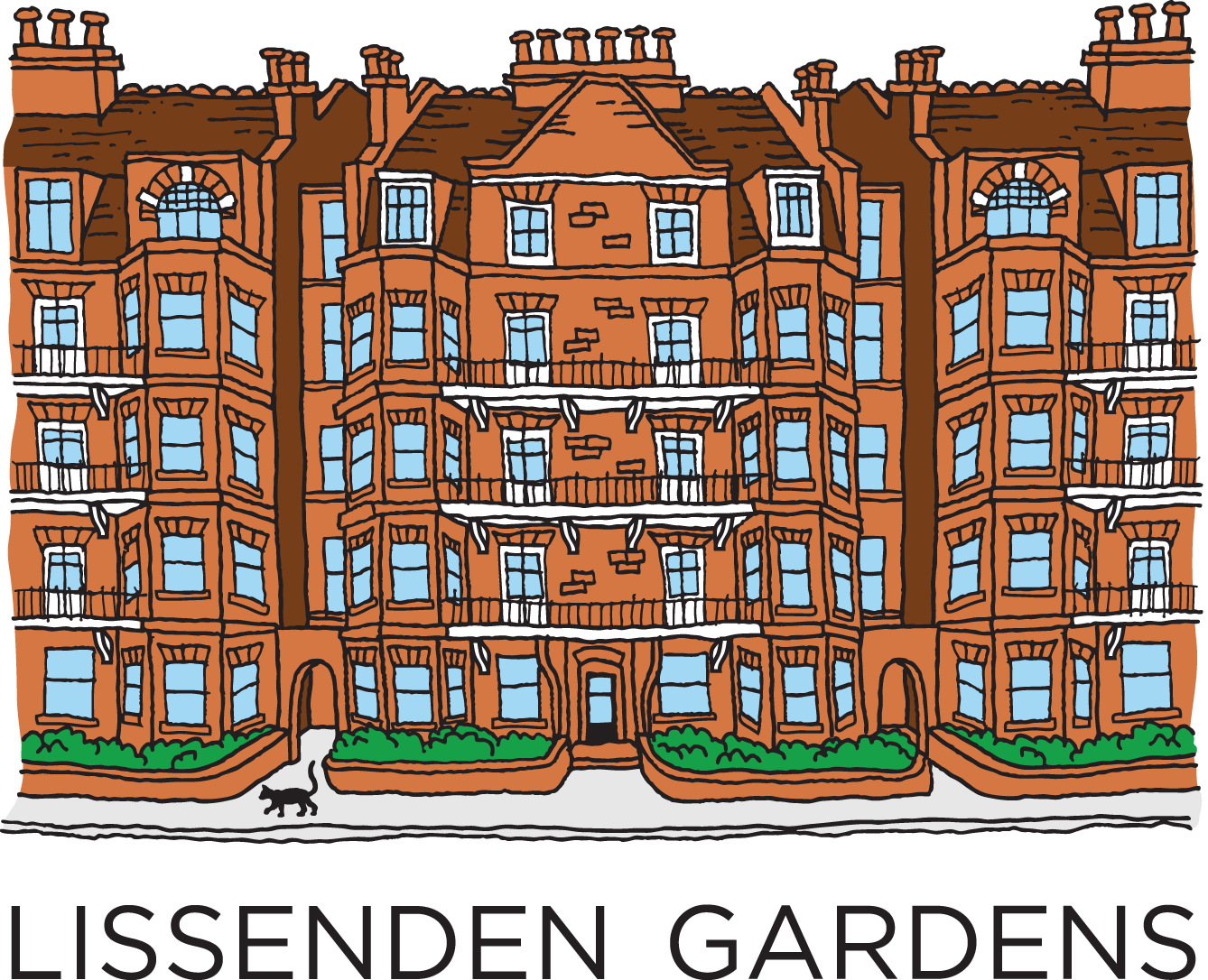The history of Lissenden Gardens - an introduction
Lissenden Gardens has an unusual, intriguing history. It was a private estate, that chose, through an inspiring campaign of community action, to become a council estate.
When work started on Lissenden Gardens in 1898, it caused outrage. Blocks of purpose-built flats were unfamiliar and must have seemed out of place in the almost rural setting on the edge of Parliament Hill Fields. It had taken time for the idea of middle-class or mansion flats to catch on but by the 1890s blocks similar to those at Lissenden Gardens were being built by property developers in different parts of London, mainly close to tube or train stations.
Armstrong Family portrait
By the early 1970s, inner London was being transformed by gentrification. Run down streets were emptied of their mainly working-class tenants and the houses sold to wealthier people. Blocks of rented flats too began to be ‘broken up’ and flats sold off for owner occupation. In 1972, when the Armstrongs sold the estate to a property company that was already known for harassing tenants, residents of Lissenden Gardens were terrified. They set up a powerful tenants’ organisation and campaigned against the new owners, eventually persuading Camden Council to buy the estate. The tenants wanted to preserve Lissenden Gardens as a place where people on moderate incomes could live, not just those who could afford to buy, and saw council ownership as the way to achieve this.
Parliament Hill Mansions looking north
Lissenden Gardens was unusual in that the founder Alfred Armstrong was not a property developer but a forward-looking entrepreneur. He had brought the first electric lights to Hampstead, developed automatic vending and had been involved in an admittedly unsuccessful attempt to promote electric cars. Armstrong had Lissenden Gardens built as an investment to support his family and the estate remained in the family until the 1970s.
With such a founder, perhaps it is not surprising that Lissenden Gardens has had an unusual history. The design of the 250 flats was subtly different to other estates, even those by the same architects Boehmer and Gibbs. Armstrong appears to have cared less about social status than other developers, and to have been less class conscious in his choice of tenants. He also had a stand-off with the authorities over the layout of the estate helped in a small way to prevent developers creating what we now call ‘gated communities’, enclaves for the better off shut off from the communal life of the city.
As the decades passed, Lissenden Gardens became known as a place with unusually low rents, not smart, a bit down at heel, but which housed a tolerant, varied community, actors and TV people, cab drivers, artists, clerks, refugees, widows.
Jonah West and Josh Dawson outside Parliament Hill Mansions Photo: Josh Pulman
Buoyed up by the success of the campaign and the sense of community it had created, the residents demanded a voice in how the estate was managed. They persuaded the council to drop plans for comprehensive modernisation and instead preserve the historic features of the buildings, like the beautiful tiles in the entrances.
Into the 21st century Lissenden Gardens has continued to be a happy, diverse community and a model of community participation, running gardening projects, street festivals and most recently showing tremendous solidarity in organising around the threat of the Coronavirus. Perhaps a part of this is because residents know and prize their story, as the estate which took its future into its own hands.
To Paradise by Way of Gospel Oak: a mansion flat estate and the forces that shaped it by Rosalind Bayley, is published by Camden History Society and is on sale at The Owl Bookshop or from the author and available at Swiss Cottage Library and the British Library.



